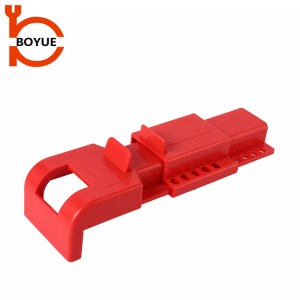Introduction
Valve lockout procedures are essential for ensuring the safety of workers in industrial environments where hazardous materials are controlled by valves. Proper implementation not only prevents accidents but also helps meet regulatory requirements like OSHA standards.
What is Valve Lockout?
Valve lockout ensures valves controlling hazardous materials remain shut during maintenance or repairs, preventing accidental releases that could endanger workers.
Why Valve Lockout is Critical
Valve lockout protects workers from accidental exposure to dangerous substances, prevents equipment damage, and ensures compliance with regulations, minimizing fines and legal risks.
Types of Valves
Common industrial valves include:
- Gate Valves – Used to start or stop fluid flow.
- Ball Valves – Allow for quick, easy locking.
- Butterfly Valves – Efficient for regulating flow in larger systems.
Steps in Valve Lockout
- Identify and Label hazardous valves.
- Isolate the Energy Source to prevent activation.
- Apply Lockout Devices to secure the valve.
- Verify Isolation by testing that the valve cannot be opened.
Tools for Valve Lockout
Key tools include lockout devices, warning tags, and personal protective equipment (PPE) to ensure safety during procedures.
Common Mistakes to Avoid
- Inadequate training
- Failing to test valve isolation
- Incorrect use of lockout devices
Conclusion
Proper valve lockout procedures are crucial to protecting workers and ensuring regulatory compliance. Implementing these steps reduces risks and helps maintain a safe, productive environment.
FAQs
What’s the purpose of valve lockout?
To prevent accidental operation during maintenance.
How often should procedures be reviewed?
Annually or after changes in equipment.
Who is responsible for lockout?
A team should oversee it for safety.
What are the risks of skipping lockout procedures?
Increased injury risk and legal penalties.
Does valve lockout improve productivity?
Yes, by reducing accidents and downtime.
Post time: Sep-30-2024

